You know that it’s important to purify the water in your home.
But how do you know which water filter to buy when you don’t know which contaminants are in your water?
Congratulations! Believe it or not, you are at a great starting point in your water filtration journey. As I always say, start with data. And the best first step in purifying your water is water quality testing.
Testing the water quality in your home is a smart thing to do before you even start shopping for water filters. Because once you know what’s in your water, you can more effectively filter out the chemicals and contaminants polluting your drinking water.
While there are at-home tests and different methods you can use, I recommend TapScore for your home water tests. TapScore is a water-testing system that tests for numerous contaminants, and what’s more — it’s effective and easy to use.
In this article, we’ll review what you can expect when you test with TapScore and what to do with your testing data.
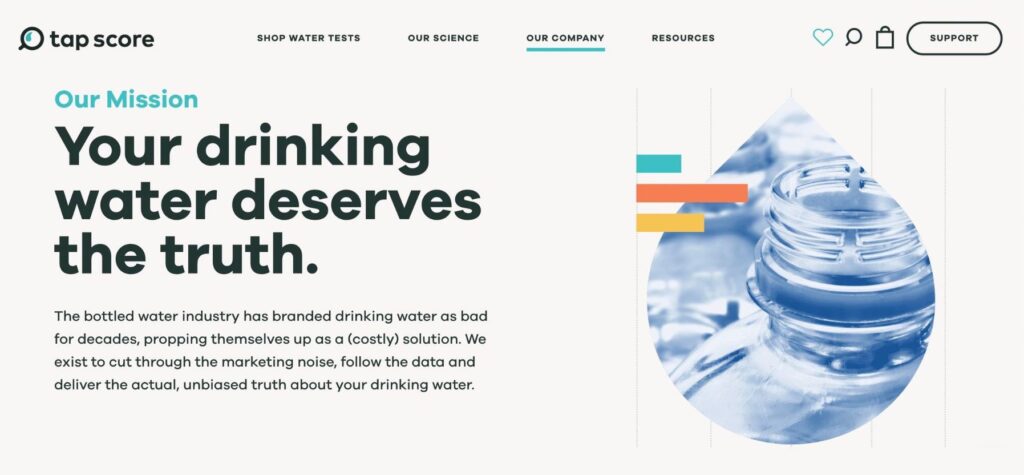
Before You Test Your Water Quality
Before even ordering a test kit from TapScore, there are some free resources available to you that I suggest looking into as a starting point.
First, check your city’s water quality report.
If you are on city water, I always recommend you look up your city’s water quality reports. They are publicly available to read and likely found on your city’s website.
Every city’s water is tested annually and published for all to read. In the report, you can review a long list of contaminants as well as the amount of each contaminant found in your water supply. If your city is in violation of any contaminants above the EPA’s regulations, it will be noted and, likely, corrected.
Next, contact your city’s utility department.
In addition to checking the city water reports, I always recommend having someone test your water because your specific home isn’t necessarily part of the city water report.
Most city utility departments will come to your house and do a basic test for you free of charge. This test would identify heavy metals like lead, copper, aluminum, and mercury; coliform bacteria; total dissolved solids; acidity and pH; and nitrites and nitrates. It’s not an exhaustive list of contaminants, but it’s a great starting point, and it’s usually free.
Consult the EWG Tap Water database.
Another excellent resource to help you understand your water quality is to look up your zip code on EWG’s water quality database. This tool can provide you with a look at the number of contaminants in your zip code that tested above health guidelines.
I also find it helpful that they explain the health issues associated with each contaminant—it’s a very eye-opening experience, to say the least!
TapScore Water Quality Testing
Once you’ve checked your city’s water quality report and looked up your zip code in the EWG tap water database, you should have a general sense of your tap water issues. This information will guide you when choosing which contaminants to test for.
For water quality testing, I like and recommend using TapScore.
How it Works
TapScore makes water quality testing super easy! Simply select your test kit, collect your sample, and send it in to their lab for analysis. Then, receive your test results within 5 days.
Step 1: Select Your Water Source
First, you start by choosing the type of water you’re testing: city water, well water, rain water, or spring water.

Step 2: Select Your Testing Kit
Based on your selection, you can choose from their comprehensive testing kits designed for your water type. For example, the city water testing kit options include three core kits:
- Essential City Water Quality Test: a test that includes 47 analytes and is best for anyone who has basic concerns such as heavy metals, aging pipes, and infrastructure.
- Advanced City Water Quality Test: a more advanced test that checks for 109 elements, including metals, minerals, and chlorine-related byproducts.
- Extended City Water Quality Test: this test includes 118 analytes, including radioactive particles and additional disinfection byproducts.
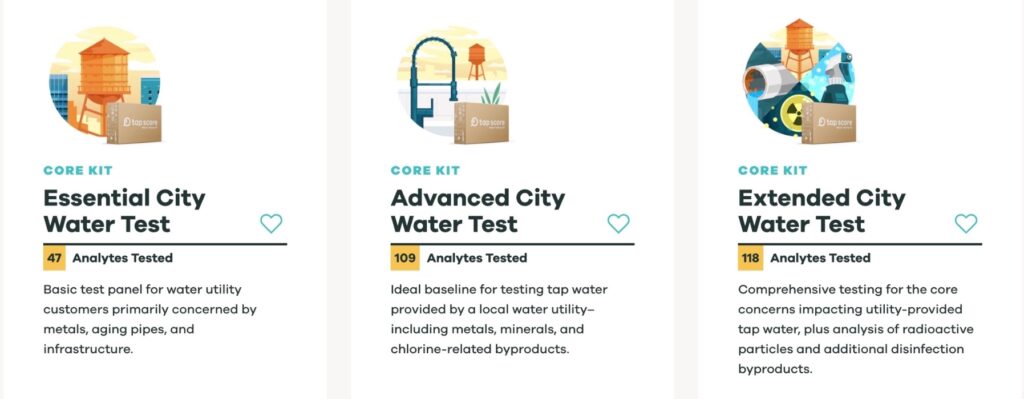
Do you have well water? View well water core kit test options here.
And you’ll see your standard testing options based on your water source. The number of analytes (items tested for) differs based on water source; for example, well water testing includes more contaminants than city water.
Note: you can also choose from specialized tests if you have specific water quality testing concerns. But this is considered more advanced and usually is not the first step to take when assessing your overall water quality.
For example, some of the specialized tests include:
- Water Hardness
- PFAS
- Radiation
- VOCs
- Metals and Minerals
- 1,4 Dioxane
- Fluoride
- Microplastics
- Glyphosate
- Perchlorate
If you have a specific testing concern, it would be smart to use these as add-ons to their comprehensive testing kits — rather than only test for these analytes. (View all specialized testing options here.)
Step 3: Send in Your Water Sample
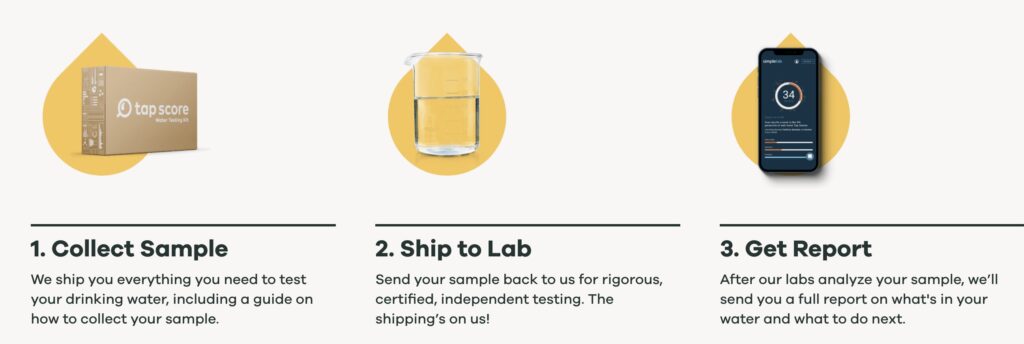
After you’ve selected the water quality tests you want to run, you’ll receive a collection kit by mail. This includes everything you need to collect your water sample.
Collect the sample and send it to TapScore — with free shipping!
Then sit back and wait for your water quality testing analysts to come back. On average, it takes 5 days to receive your report.
It’s really easy to collect your water sample! From there, you’ll be better informed when buying a water filter for your home.
TapScore Water Quality Testing Recommendations
Water quality testing can get expensive, so try not to go overboard or rabbit hole. Choose one of the core kits available for your water source and any other specific concerns for your region (you’ll know this from your city’s water quality report).
TapScore’s most popular test is the Advanced City Water Test.
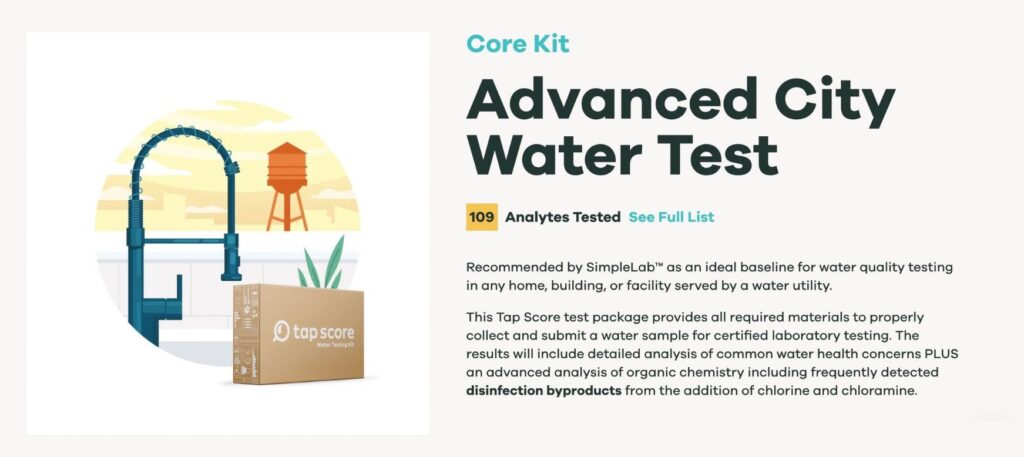
This test covers water quality testing basics such as alkalinity, pH, and total dissolved solids, as well as 23 heavy metals, VOCs, and more. (This test does include vinyl chloride.)
This is a well-rounded test and there’s definitely a reason this is their best-selling test!
Labs Similar to TapScore
If for some reason, you are looking for alternatives to TapScore, here are a few options:
- National Testing Laboratories also offers water quality testing.
- Another option is to buy an at-home water testing kit. There are many different kinds of kits out there, but they usually come with a package of strips that react and change color as they come into contact with certain contaminants. For example, this water sample kit tests for lead, bacteria, mercury, fluoride, minerals, total chlorine, nitrite and nitrate, water hardness, sodium chloride, and more. The kits do not usually test for all harmful contaminants, so if there is something specific you want to test for, it’s best to get it tested from a lab like TapScore.
For general testing, I like and recommend using TapScore without hesitation. They’ve taken water quality testing and made it user-friendly.
Conclusion
Remember: You want to know what’s in your water from the start to effectively filter out the bad stuff. Testing the water in your house is a great idea because it gives you hard data on what chemicals are in your home.
TapScore is a trusted lab for water quality testing and my go-to recommendation.
If you found this article on water quality testing useful, pin it for later!
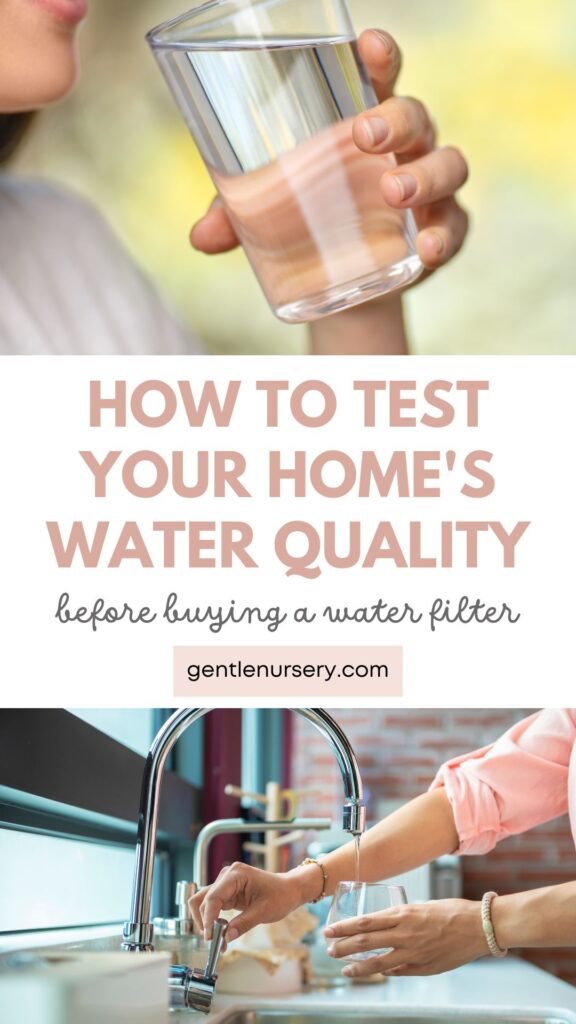
You Might Also Like:

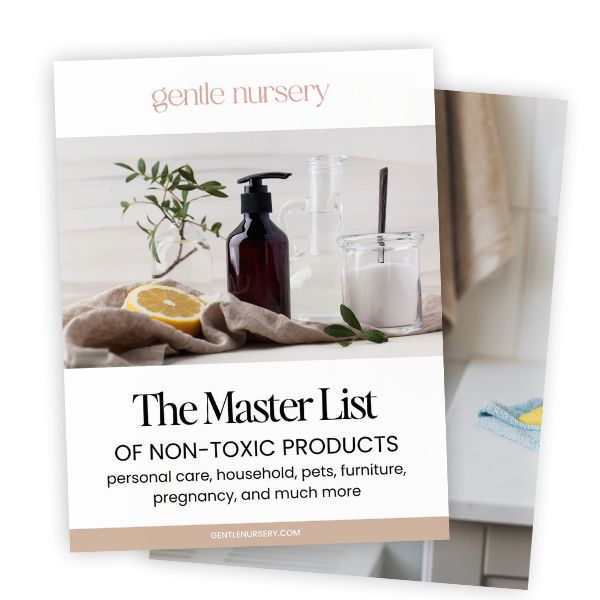


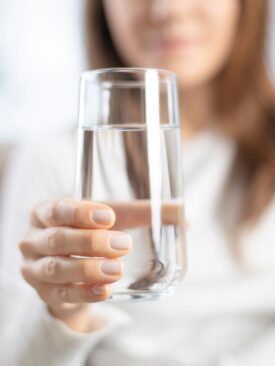
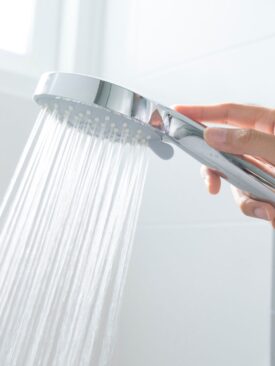




Leave a Reply